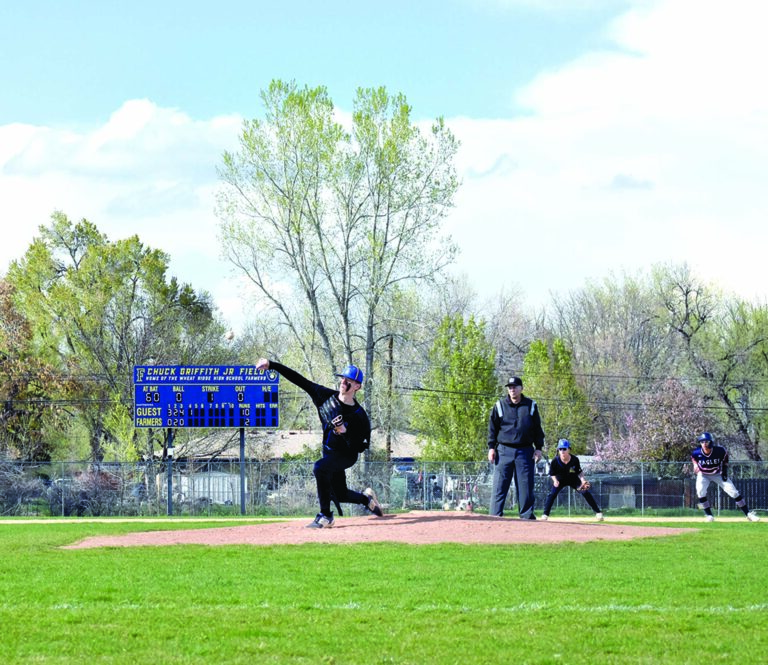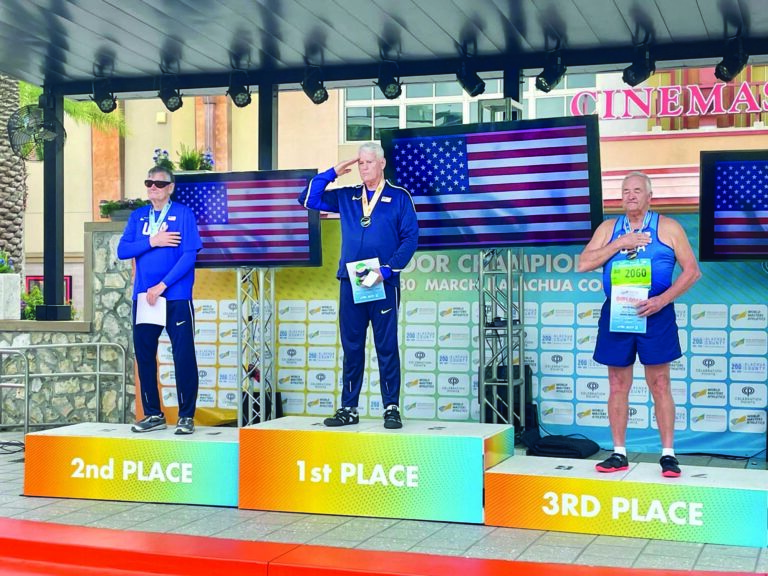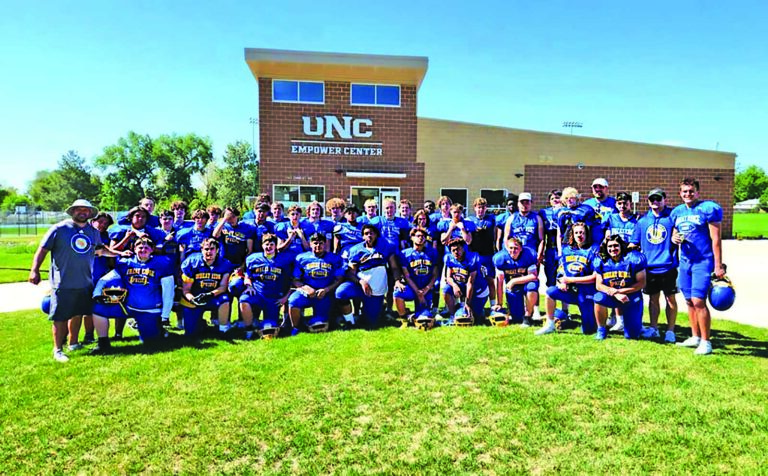To say that college sports are popular in America might be the understatement of the year. It’s no secret that just about every sports fan enjoys watching the college level of their favorite major league organization. As a result, any up-and-coming athlete can expect to see people flocking to buy their jersey, draft them to their fantasy teams, and cheer them on in the same way they would root for any professional athlete. Sounds great, right? Well, until recently, the NCAA barred these star performers from seeing a single penny of the profits earned from their name. Arguing that their athletes were compensated via scholarships, the association enjoyed wild success in withholding these profits from the very players who created them. So, what changed, and how will these changes likely shape the NCAA in the future?
On June 21, the Supreme Court decided in a unanimous 9-0 decision that the NCAA’s policies regarding “amateurism” were unconstitutional. This landmark ruling stated that the NCAA was in violation of American anti-trust legislation, and has cleared the way for college athletes to be compensated for their work. Justice Brett Kavanaugh was outspoken on this case, writing that “The NCAA and its member colleges maintain important traditions that have become part of the fabric of America … but those traditions alone cannot justify the NCAA’s decision to build a massive money-raising enterprise on the backs of student athletes who are not fairly compensated.” The phrase “massive money-raising enterprise” may have even been an understatement. The NCAA self-reports that their 2019 revenue across all departments totaled nearly $19 billion.
While a scholarship to an Ivy League college is certainly a privilege for anyone, the scholarships offered to student athletes are fundamentally different from those offered on the basis of academic merit alone. While those who are granted a scholarship as a result of their grades are allowed to focus entirely on school, these athletes must devote themselves to a sport which will most likely not result in a professional career and, depending on which sport they choose, will often result in traumatic brain injuries, which further impede their ability to succeed in their studies. The playing field is simply not level for these individuals. By allowing them to see some of the profits from their labor, the field has begun to tilt back in their favor.
Too many times, we as a society respond to phenomenal athletes playing the game they love with jealousy. “They should be grateful to play football as an adult, I have to work a nine to five!” What we often fail to realize, however, is the revenue generated by the astounding athleticism of these young men and women is directly responsible for a multi-billion dollar industry – one which many of us enjoy all year long. This is not about playing a sport, but more like an artist, builder or any kind of tradesperson finally allowed to benefit from their work, talent and brand.






